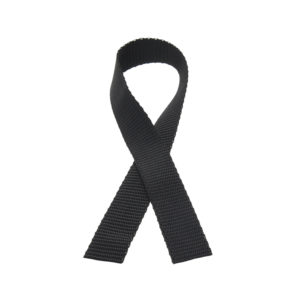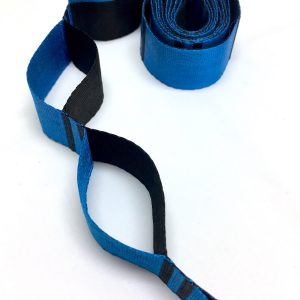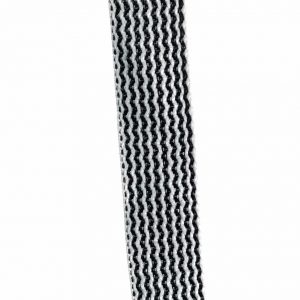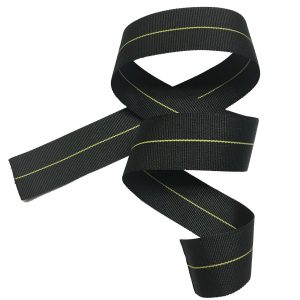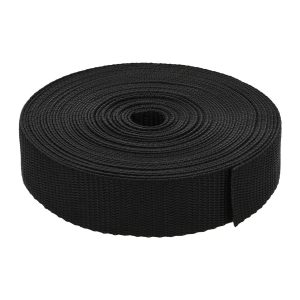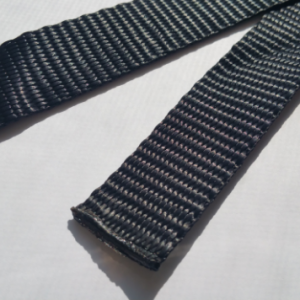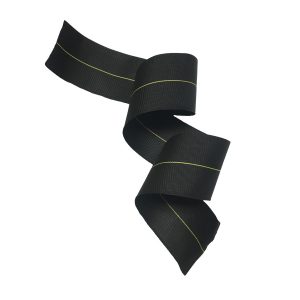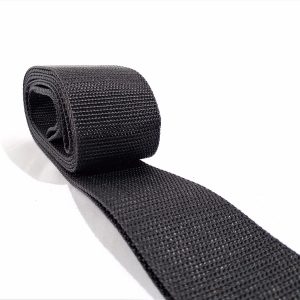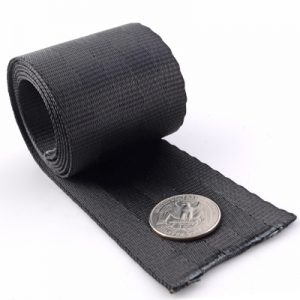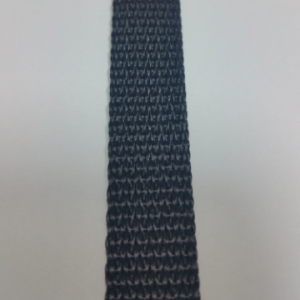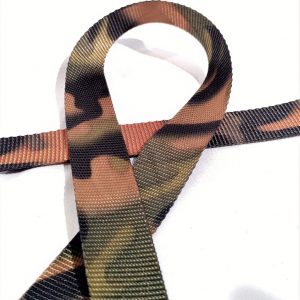Webbing
PER PAGE
CATEGORY
COLOR
SIZE
PRICE
Hammock Webbing
Webbing is a vital part of every hammock suspension kit. Also known as “tree huggers” or “tree straps”, these durable straps help mount your hammock onto any tree. It uses strong, wide material that helps protect the tree from damage. At DutchWare, we boast a commitment to durability and environmental protection, meaning any webbing you find in our selection is designed to last and protect tree bark as you use it.
Types of Webbing
Webbing makes an excellent choice for DIY hammock straps and comes in various styles and fabrics. Ensure you understand the benefits of each fabric to choose the best option for your needs:
- Polyester webbing: Polyester is the most popular webbing fabric for amateur and occasional campers. It is durable, water-resistant, and fairly UV-stable.
- Polypropylene webbing: The more often you camp with hammocks, the stronger you need your equipment to be. DutchWare offers a unique option for experienced campers using a hybrid of UHMWPE and polypropylene that is lighter than polyester and claims a breaking weight of 1,500 pounds.
- Kevlar webbing: Kevlar webbing is the strongest webbing available, capable of withstanding 1,500 pounds. However, it’s best suited for shaded and nighttime hammock use, as prolonged UV exposure can cause a breakdown in the fabric.
Shop DIY Hammock Straps
DutchWare webbing comes by the foot, offering you plenty of space to mount on the most durable trees. Explore our catalog today.



